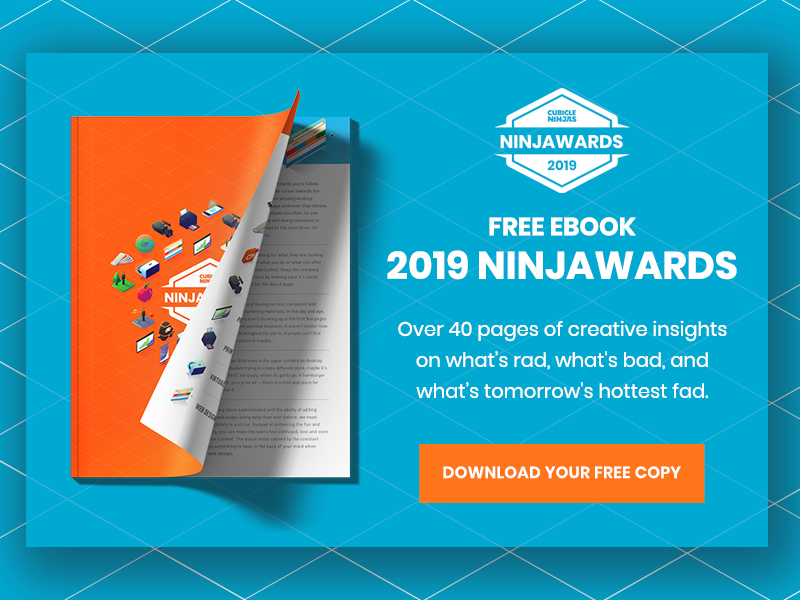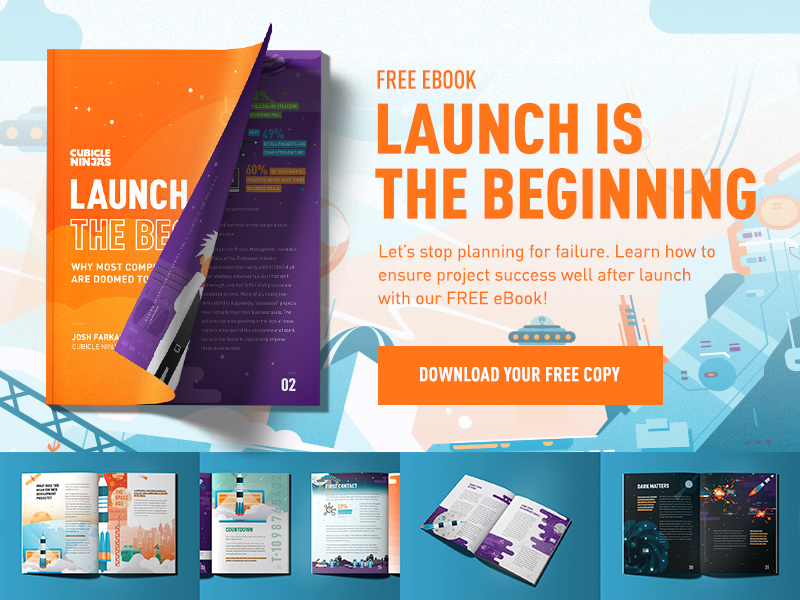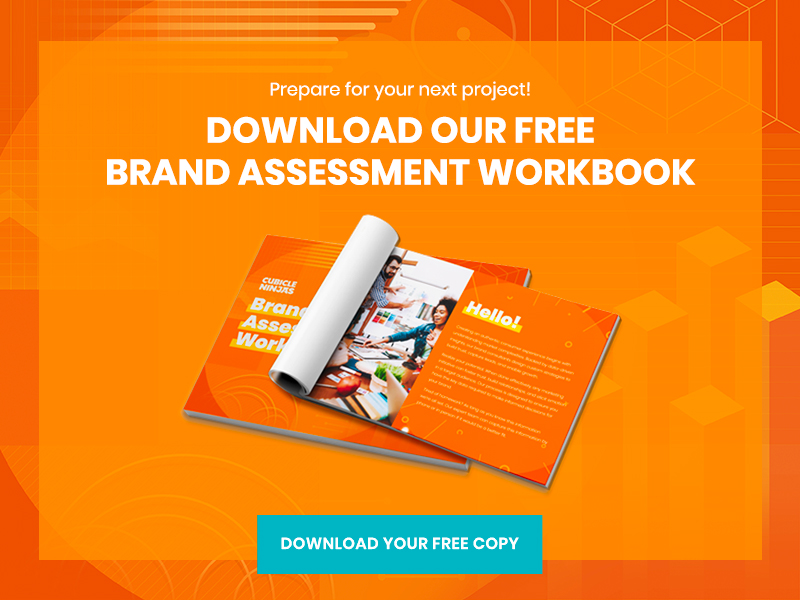
Fact: Virtual Reality customer engagement is set to revolutionize key aspects of sales & marketing.
Technological change has become an inevitable part of life.
Self-driving cars, nano-technology, and radical new medical treatments using gold particles are no longer science fiction. In short, the sky’s the limit for technology making our lives a better, happier place. So, as a sales or marketing professional, surely there is a way to apply these advances to your most dreaded time-sink: the PowerPoint Presentation. But seriously, how can our rapid technological progress directly help you and your customers break free of less effective strategies?
Read on for three shifts we’re already seeing in the way businesses engage with customers utilizing Virtual Reality. As in most areas of life, the adage “fail to innovate at your peril” very much applies.

1. Sales Presentations Are Becoming “Sales Experiences”
Sales in the last century was about jamming alluring content in front of as many eyeballs as possible. It was about wearing down a person’s patience until they gave in to sign on a dotted line. And often, it was about convincing someone to take an action they might not want to take.
Sales in the modern era are a bit different.
The average consumer is more informed today, often with an endless supply of potential options just a mobile app tap away. They’re under a barrage of sales tactics, so they’re more likely to ignore them from the start. Sellers that make it through the gauntlet need to stand out. While the cold callers never die, sellers that focus on coercion or simply on price are doomed to fail.
Modern sellers must provide emotionally engaging experiences.
That’s where VR customer engagement comes in. Every sales conversation now gets to be a mini-theme park, allowing a customer to interact with a perfect brand compliant journey. These virtual reality experiences are powerful because they’re new, but also because they stand out from a crowded marketplace while positioning you as a thought leader.
In short, show don’t tell. And with VR you can show in magical ways. An example of a VR customer engagement can be seen in Cubicle Ninjas retail experience created for NYX Professional Makeup.
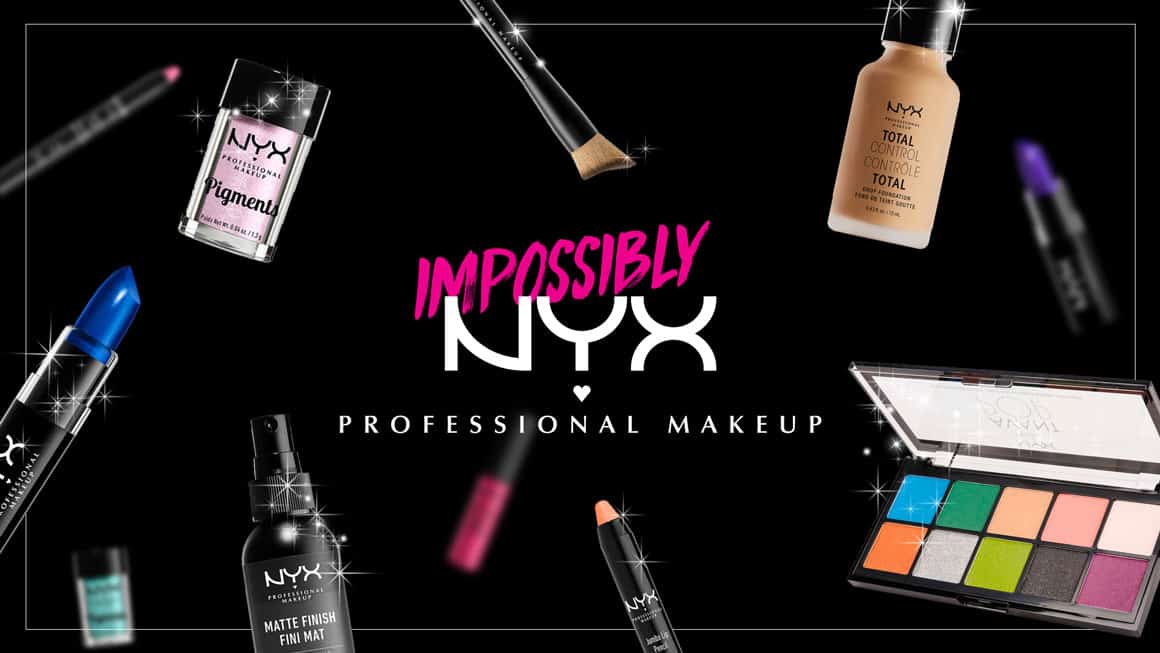

2. Product Design Presentations Are Becoming Virtual “Product Tests”
One of the most impactful shifts that will occur around the widespread adoption of VR will concern how companies test their product designs (and how their team members meet and gather to discuss said designs).
Volkswagen is leading the VR customer engagement charge in this respect, with some pretty amazing results. They’ve recently taken the step of establishing a “digital factory” that will house all their company’s VR capabilities in one place. How exactly does this digital hub advantage VW’s prime movers?
Now, instead of having top executives congregate in a set physical space, at great expense to the company and the collective time of its execs, design testing can be done in VW’s “Digital Factory”. Also, expensive and complex physical parts no longer need to be created prior to testing out new designs.
What does this all equate to? Higher corporate productivity, drastically slashed expenses, and a diminished timespan from the drawing board to the showroom floor. Or the open road, as the case may be.
3. Training Presentations Are Becoming Interactive “Training Exercises”
If someone walked up to you on the street and told you they’d just been playing “Flaim Trainer”, you might ask them which gaming console it’s on, or perhaps just give them an quizzical look. Well, you would be right about the game bit (sort of).
Flaim Trainer is a cutting edge, high-realism VR simulator for firefighters. The advantages to employee training through virtual reality experiences are many and profound, but especially for high-risk professions. Firehouses who’ve opted to train firefighters through virtual reality experiences stand to gain on multiple fronts: the “risk bar” has been lowered sufficiently that realistic mistakes may be made and profited from in a completely safe way. The realism is key here, especially for high-risk professionals.
To that end, Flaim Trainer uses a special VR fire suit that realistically heats up as the wearer approaches the flames. And a special VR-enabled firehose provides a realistic experience in terms of carrying weight and spray dynamics. Other industries set to benefit (or already benefitting) from similar innovations include the military, the police, and commercial pilots.
Evolving From “Customer Lecture” To “Customer Immersion”
“How do I obtain and maintain my customer’s attention?” is the main question on every sales person’s lips. But it’s no longer enough. Or at least it won’t be once VR gets even a tiny bit more traction. The golden ticket will then become “customer immersion”, rather than a boring lecture. What exactly is the difference here, you’re probably wondering?
The main difference lies in your senses.
With a traditional speech-geared presentation, moment-to-moment factors such as tone of voice and eye contact play a major role. But outside of your beautiful presentation design, that is all you have to entertain your audience. As these vary wildly for every sales person on your team there is a ton of pressure, which often leads to worse performance.
But when it comes to “customer immersion” with VR experiences, you have sights, sounds, and interactions that are immediate and impossible to ignore. Multi-sensory VR experiences go well beyond someone nervously standing and talking across the room.
And *POOF* your audience’s “immersion” increases ten fold.
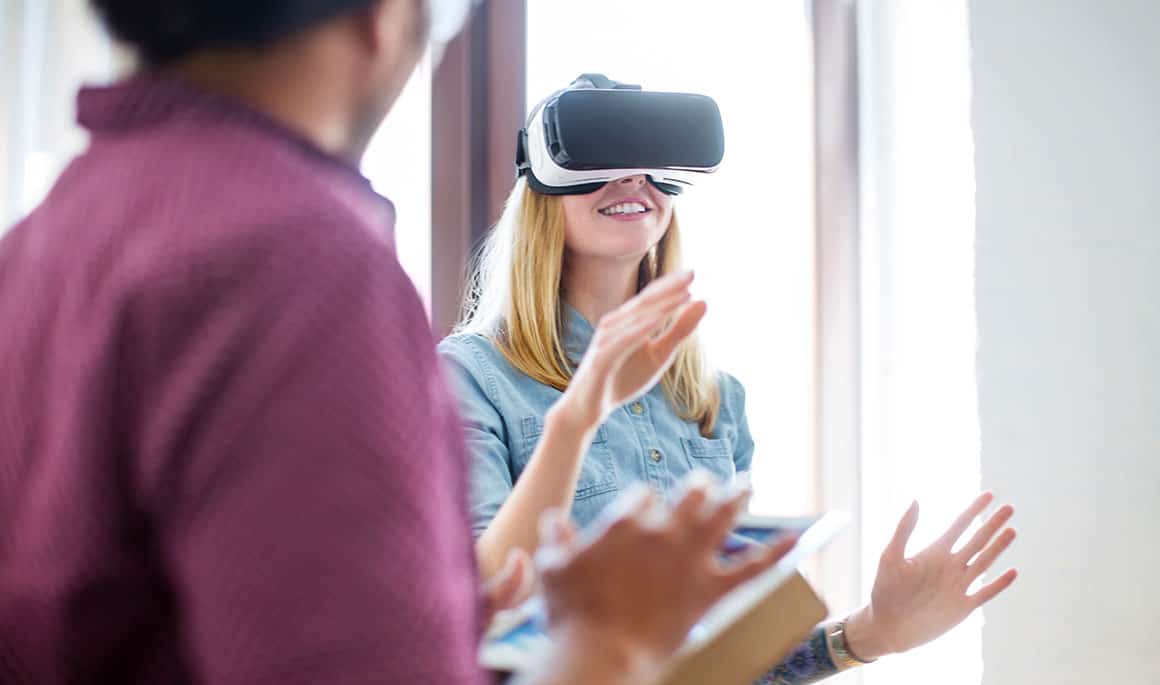
The Advantages of Experiences
While not ideal for every conversation, Virtual Reality experiences are naturally better for certain sales, marketing, or training scenarios than traditional presentations. Here are a few instant advantages of customer immersion:
- Push vs Pull
When was the last time you waited in line for a presentation? Now, when was the last time you waited for a piece of entertainment (movie, ride, game, etc)? People love to be entertained and flock towards it when done correctly. - Scalable
Every in-person presentation requires a presenter. While you can pre-record a presentation, for those important pitches this comes across as rude. Virtual experiences are like theme park rides, able to be launched simultaneously for 100 customers at the same time, with no expectation of someone hovering nearby. - Exact
Each presenter has their own unique presentation style. And some are simply more effective than others. With pre-made experiences you know that every viewer will have an identical experience, and you can easily optimize those experiences to increase conversion, just like a website. - Emotional
Have you ever seen a presentation that made your insides stir with hope or passion? If so, this is likely rare. That’s because most people don’t have that magic touch. But going places yourself contains that magic. A multi-sensory experience is much more likely to leave you feeling in different ways. - Thought-Leader Positioned
When everyone is thinking the same thing then no one is thinking. Virtual experiences position yourself as an innovative thought-leader in a space. It shows you’re thinking uniquely. Even if clients don’t want their own VR apps, they’re know you have the skillset to deliver on any promise. - Exclusive
You hold the keys to an experience that can only be enjoyed when you’re present. This exclusivity means that everyone important will be in the room, versus a presentation where they may wish to send it along to those post session (losing most of its potency).
Summing Up
What’s the key takeaway here? If you want to prime yourself for future customer engagement success, you need to start thinking beyond simple “engagement” in favor of “immersion”. Just don’t lose your real-world presentation savvy in the meantime.
VR customer engagement will usher in an era of engaged customers the likes of which we’ve never seen before. With applications across countless industries and special relevance for high-risk professions, virtual reality experiences promise all manner of possibilities. And while it is much safer to just make another PowerPoint presentation, we’re seeing brands begin to test the waters for their customers in powerful new ways.
Don’t be last to learn. Embrace customer experiences and innovate new ways to amaze and delight your audience. And if you need a creative partner to make this happen, we’re always here to help.
Interested in Learning More About VR Customer Engagement?
Check out Reality Shift: 10 Ways Virtual and Augmented Reality are Changing Business or discover Virtual Reality and Marketing: The VR Funnel of Opportunity.














